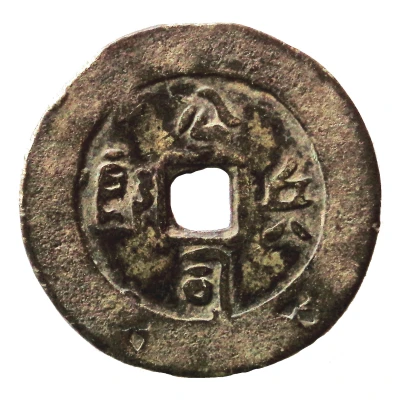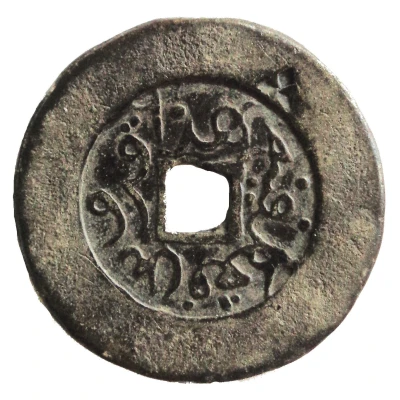


© John3 16
1 Cash - Binglang Gongsi Bangka ND
| Tin | 6.27 g | 29.65 mm |
| Issuer | Bangka Island (Indonesian States) |
|---|---|
| Type | Token |
| Years | 1710-1825 |
| Value | 1 Cash |
| Composition | Tin |
| Weight | 6.27 g |
| Diameter | 29.65 mm |
| Thickness | 1.6 mm |
| Shape | Round with a square hole |
| Orientation | Coin alignment ↑↓ |
| Demonetized | Yes |
| Updated | 2024-10-05 |
| Numista | N#108066 |
|---|---|
| Rarity index | 94% |
Reverse
Arabic inscription surrounding square hole. Base to center, read counter-clockwise. Small countermark on the rim.
Script: Arabic
Lettering: هذا فلوس فڠکلفينڠ
Unabridged legend: hadha fulus pangkal pinang
Translation: This is a fulus piece of Pangkal Pinang.
Edge
Plain
Comment
Since the discovery of its tin deposit in 1710, Bangka provided the raw materials for much of Palembang's base coinage until the island was lost to the British in 1812. The Palembang Sultanate mandated directed the predominantly Chinese mining communities in Bangka to mint their own Chinese-styled tokens as opposed to "regular" Malay-styled coins issued by the Sultanate. However, according to Mitchiner & Yih (2013:32), there is little doubt that some of the Bangka tokens circulated within Palembang as the island was administered directly from the city.See:
- Millies, Henricus Christiaan (1871). Recherches sur les Monnaies des Indigènes de l'Archipel Indien et de la Pèninsule Malaie.
- Mitchiner, Michael and Tjong Ding Yih (2013). "Coin Circulation in Palembang (Sumatra), circa AD 1710 to 1825. Sultanate coins minted at Palembang."
- Mitchiner, Michael and Tjong Ding Yih (2014). "Coin Circulation in Palembang (Sumatra), circa AD 1710 to 1825. Coins minted for the mining communities on Bangka Island."
Interesting fact
One interesting fact about the A Token 1 Cash - Binglang Gongsi (Bangka) ND (1710-1825) from Bangka Island (Indonesian States) made of Tin weighing 6.27 g is that it is a rare and valuable coin that is highly sought after by collectors. It is considered a prized piece of numismatic history, and its value lies not only in its rarity but also in its historical significance as a symbol of the rich cultural heritage of Indonesia.